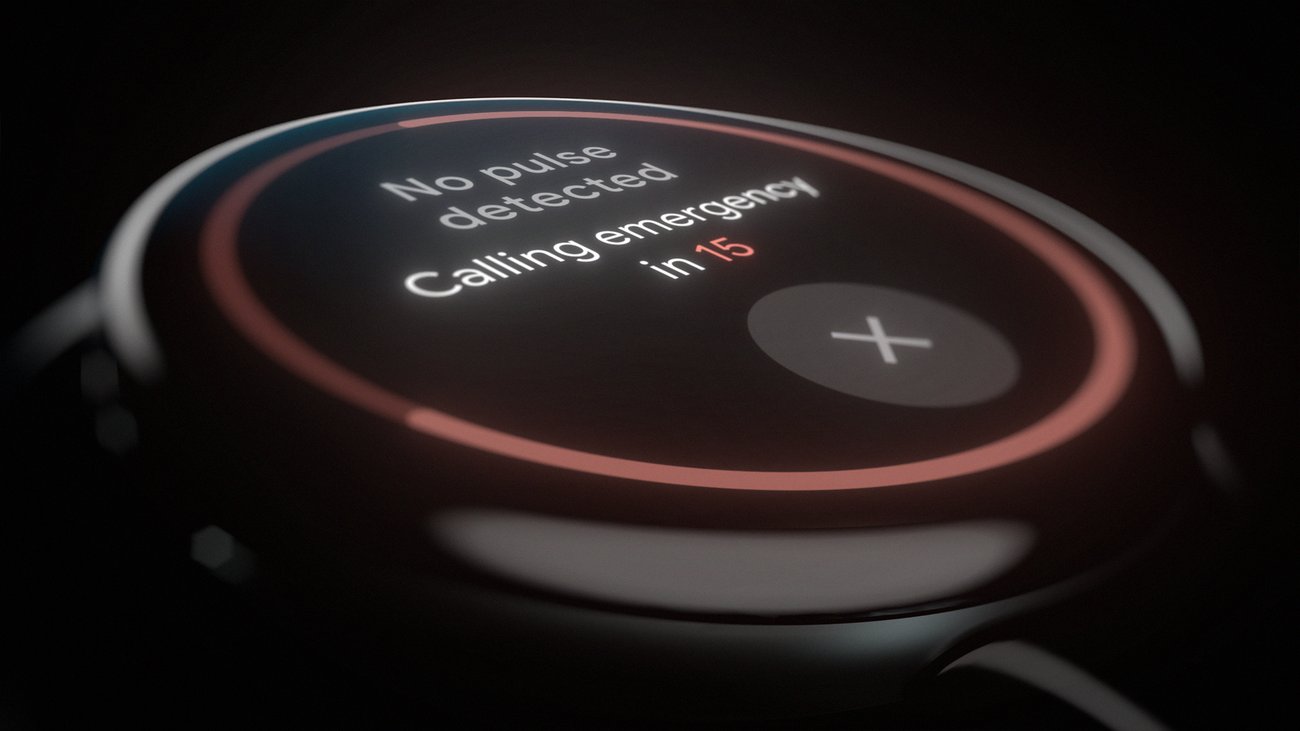How the Loss of Pulse Detection Feature Works on Pixel Watch 3
Google has introduced a groundbreaking feature on the Pixel Watch 3 called Loss of Pulse Detection. This innovative attribute combines advanced sensor technology, artificial intelligence (AI), and sophisticated signal-processing algorithms to identify loss of pulse events. The feature has been meticulously designed, drawing from user research to minimize false alarms.
The core of this technology lies in the Pixel Watch 3’s existing Heart Rate sensor, which uses green light to monitor a user’s pulse continuously. If the system detects signs that suggest a loss of pulse, it activates additional infrared and red lights to search for further indications of a pulse. Simultaneously, the motion sensor starts checking for any movement. An AI-based algorithm then integrates the pulse and movement signals to confirm whether a loss of pulse event is occurring. If confirmed, the system initiates a check-in to see if the user responds.
The Check-In Process
During this check-in, the device asks the user if they are okay while also monitoring for any movement. If there is no response and no motion is detected, the system escalates the situation by activating an audio alarm and starting a countdown. Should the user fail to respond to the countdown, the LTE-enabled watch or the phone connected to the watch automatically contacts emergency services. The device shares an automated message indicating that no pulse was detected and provides the user’s location.
The Life-Saving Potential
The primary goal behind this technology is to save lives and make a meaningful difference. While the Loss of Pulse Detection feature might not identify every loss of pulse event, it has the potential to offer critical assistance when it is most needed, thereby benefiting individuals and their loved ones.
Availability and Regulatory Compliance
The Loss of Pulse Detection feature will be available on Pixel Watch 3 starting in September. Initially, it will be launched in several European countries, including the U.K., France, Austria, Denmark, Ireland, the Netherlands, Norway, Sweden, and Switzerland. Google is also working closely with regulatory bodies to extend this feature to more countries in the future.
Development and Testing of Loss of Pulse Detection
Developing a potentially life-saving feature like Loss of Pulse Detection involves significant challenges. Loss of pulse events are critical but relatively rare, making them difficult to observe, replicate, and test in real-world settings. To tackle this, Google had to find alternative methods to gather sufficient data for the development and validation of the feature.
Understanding the Technology
For layman users, it’s essential to understand the technology behind this feature. The Heart Rate sensor in the Pixel Watch 3 uses Photoplethysmography (PPG), which employs green light to penetrate the skin and measure the amount of light that is absorbed by the blood. This data helps determine the heart rate.
When the green light indicates a potential loss of pulse, the system switches to using infrared and red lights, which can penetrate the skin more deeply and provide additional data to confirm the loss of pulse. The motion sensor checks for any movement, ensuring that the system does not mistake a lack of movement for a loss of pulse.
The AI algorithm then processes all this information to make an accurate determination. If a loss of pulse is confirmed, the system follows a series of escalating steps to ensure that help is provided if needed.
Additional Information and Reactions
The introduction of Loss of Pulse Detection on the Pixel Watch 3 has garnered significant attention in the tech community. Many experts believe that this feature represents a significant advancement in wearable health technology.
Dr. Sarah Thompson, a cardiologist, commented, "The integration of AI and advanced sensor technology in detecting loss of pulse is a remarkable step forward. It has the potential to save lives by providing timely assistance during critical moments."
In addition to industry experts, users have also expressed their appreciation for the feature. John Anderson, a Pixel Watch 3 user, shared his thoughts, "Knowing that my watch can detect if something goes wrong and automatically call for help gives me peace of mind. It’s like having an extra layer of security."
Future Prospects
Google’s commitment to expanding the availability of the Loss of Pulse Detection feature highlights the company’s dedication to enhancing user safety. By working with regulatory bodies, Google aims to make this life-saving technology accessible to a broader audience.
In the future, we can expect more advancements in wearable health technology. The integration of AI and sensor technology will continue to evolve, offering even more sophisticated features to monitor and improve our health.
Conclusion
The Loss of Pulse Detection feature on the Pixel Watch 3 is a testament to the potential of wearable technology to save lives. By combining advanced sensors, AI, and thoughtful design, Google has created a feature that can provide critical assistance during emergencies. While it may not detect every loss of pulse event, it has the potential to make a significant difference when it matters most.
As the feature becomes available in more countries and continues to evolve, it represents a promising step forward in the integration of technology and healthcare. For users, knowing that their watch can provide immediate assistance in a critical situation offers a sense of security and peace of mind.
For more Information, Refer to this article.


































